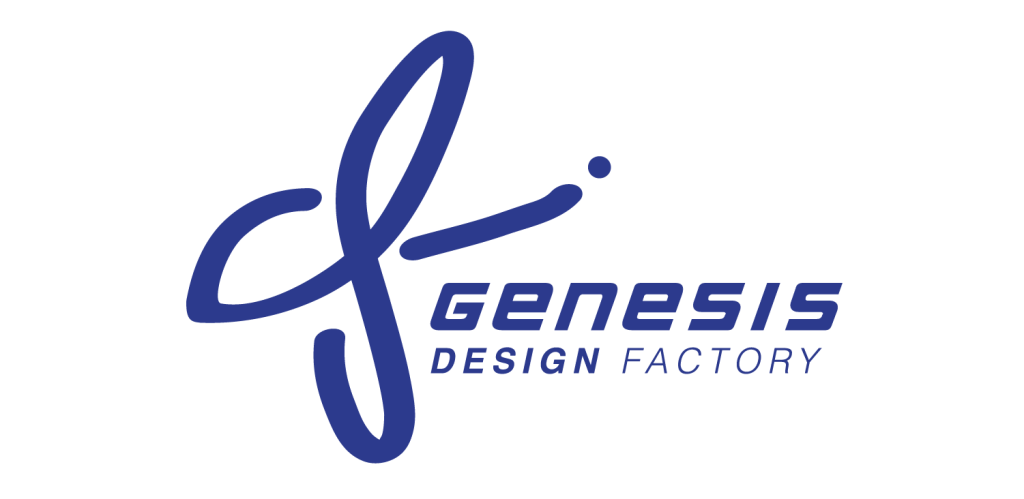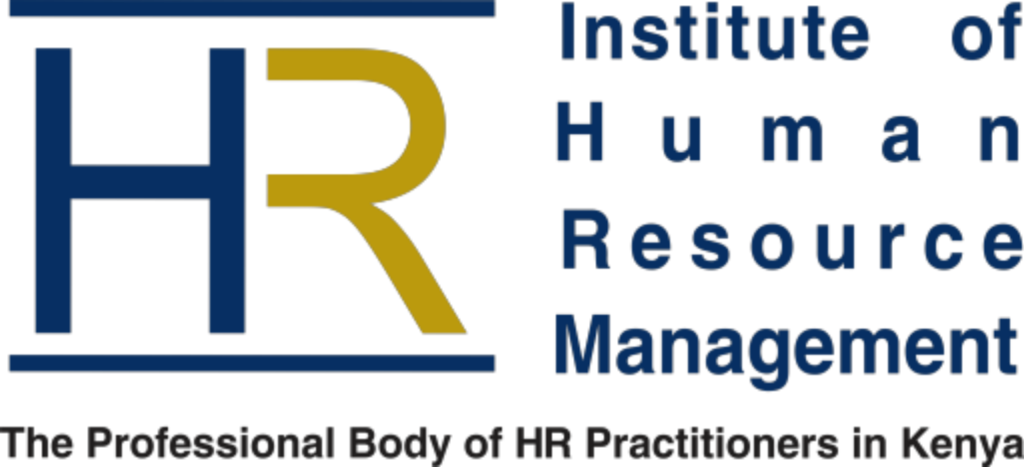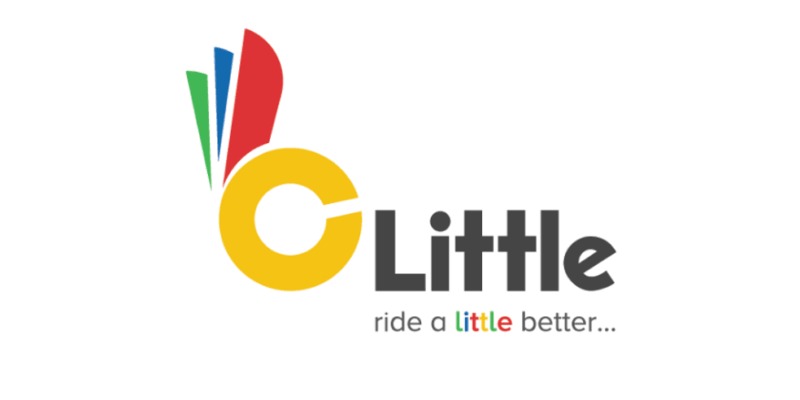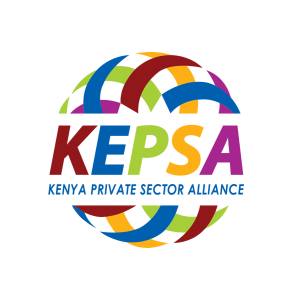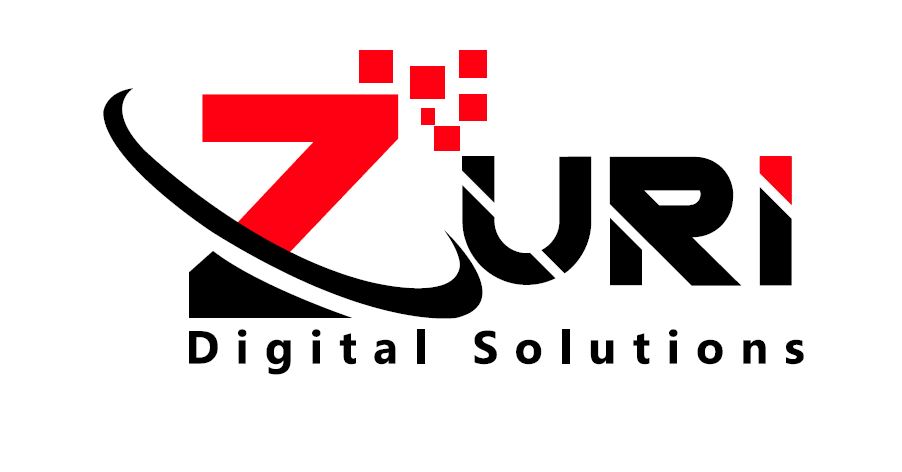Conflict Resolution in the Workplace: Strategies for Healthy Communication
Whether rooted in differences of opinion, varying perspectives, or unmet expectations, conflict in the workplace is inevitable. Unfortunately, these clashes can present significant challenges within the workplace. Addressing these conflicts head-on is crucial for maintaining a healthy and productive environment.
Conflicts, while often viewed negatively, serve as opportunities for growth and transformation if superiors and managers deal with them adeptly. By understanding the roots and implications of conflicts, employers and employees can better grasp the importance of proactive conflict resolution.
This article delves into everything about conflict resolution in the workplace, emphasizing the role that effective communication plays in navigating and mitigating these conflicts.
Understanding Workplace Conflict
Workplace conflict is any form of disagreement that takes place in the work environment. With remote and hybrid working conditions, the environment does not have to be physical but can be a shared space among employees and employers, such as messaging platforms.
Workplace conflict can occur between two workers, a worker and a manager or superior, and even between managers. Similarly, it can occur between one person and a group or two or more groups (for example, between remote workers and in-office workers or the sales department and IT department). So, what causes these disagreements?
Sources of Workplace Conflict
Workplace conflict can arise from anywhere. But the most common reasons why people in the same working space disagree include:
- Poor communication. Poor communication from management and between workers can trigger miscommunication, statements taken out of context, and misinformation. These are optimum breeding conditions for arguments.
- Personality and values clash. People bring different personalities, values, and opinions to the workplace. When coworkers or management fails to recognize, understand, and accept these differences, it triggers conflict.
- Scarcity and overwhelming workloads. If there is a clear lack of resources that triggers competition among employees, it triggers unhealthy behavior that results in conflict. Similarly, if employees feel their workload or work demands are too much, it can trigger resentment toward employers and managers, leading to disagreements.
- Lack of clarity on roles and responsibilities. If the job roles and responsibilities are not clear from the get-go, it is easy to find coworkers stepping on each other’s toes because who does what was never clear to begin with.
The Consequences of Unresolved Conflicts
- Decreased employee morale. Unresolved conflicts create a tense and uncomfortable work environment. No resolution can contribute to frustration, anxiety, and dissatisfaction, affecting motivation.
- Negative impact on relationships. Ongoing conflicts can damage employee relationships, leading to strained interactions and an overall decline in teamwork.
- Reduced productivity and performance. As conflicts persist, the focus and energy of employees go to managing or worrying about the conflict. It leads to decreased productivity and performance.
- High turnover rates. Unresolved conflicts can drive employees to seek alternative employment opportunities for a more harmonious work environment.
Elements of Effective Conflict Resolution
Resolving conflicts in the workplace requires a strategic approach that emphasizes clear communication, constructive problem-solving, and the integration of emotional intelligence. Managers and superiors should consider the following for effective conflict resolution:
Clear Communication Strategies
Actively listening to both parties involved in the conflict is fundamental. Managers must give undivided attention, clarifying statements and summarizing to ensure understanding. Each party should have a turn to speak and share their perspective.
Creating an open space for communication encourages workers to express their concerns, share their perspectives, and work towards a common understanding. Transparency about the conflict and its resolution process is vital.
Managers should also set ground rules for communication during conflict resolution to ensure that discussions remain respectful and constructive. These discussions should focus on finding solutions rather than blaming an employee.
Constructive Problem-Solving Approaches
If the conflict is between a manager and an employee, it helps to employ a neutral mediator to facilitate discussions and assist in navigating conflicts. It may also be a good solution for any other type of conflict.
A mediator can use negotiation techniques to help find common ground and compromise, ensuring both parties feel heard and their concerns are addressed.
Similarly, encouraging a collaborative approach to finding solutions fosters teamwork and mutual problem-solving. Mediators should promote brainstorming and finding solutions that accommodate both parties’ needs.
Conflict resolution often requires compromise. So, mediators should ask workers to focus on shared objectives and commonalities that help find a middle ground that addresses concerns from all sides.
Embracing Emotional Intelligence
Emotions play a significant role in conflicts. Therefore, mediators should encourage employees to feel, understand, and manage their emotions during disputes rather than suppress them for better discussions.
Empathy enables workers to understand the perspectives and feelings of others. Encouraging empathy among workers in a conflict fosters an environment of understanding and consideration, leading to more agreeable resolutions.
Implementing de-escalation strategies during highly emotional conflicts is a key part of the resolution process. It involves techniques to calm the situation and bring emotions to a manageable level, allowing for more rational discussions.
Overcoming Challenges in Conflict Resolution
It is safe to assume that conflict resolution in the workplace will come with multiple challenges that hinder the process. Understanding and addressing these hurdles are key to effective conflict resolution.
Here’s how mediators can get through common challenges that arise when dealing with workplace conflict resolution:
- Power Dynamics and Biases. Employers should establish an environment that promotes equality, where all employees, irrespective of their position, are encouraged to voice their concerns. Policies that prevent biases in conflict resolution can help the process. In addition, training managers to recognize and counteract unconscious biases will help with this problem.
- Resistance and Cultural Differences. Employers should encourage employees to be open to new approaches and strategies that aim to resolve conflicts constructively. In addition, they should train employees and managers to understand and appreciate diverse cultural nuances, enabling respectful and effective communication.
- Recurring Conflicts. When employers note recurring conflicts, they must first investigate the underlying causes. Once identified, introduce strategies such as regular check-ins, conflict resolution training, or establishing clearer communication channels to end the cycle. In addition, encourage employees to address issues early on to prevent conflicts from escalating.
Fostering Healthy Communication for Effective Workplace Conflict Resolution
Understanding the roots of conflicts within the workplace is paramount for employers and employees.
By embracing open dialogue, empathetic understanding, and proactive resolution of disputes, employers can cultivate an environment where conflicts are opportunities for growth and understanding.
Resolving conflicts through healthy communication creates a harmonious, productive, and inclusive work environment. Learn more about workplace conflict resolution by following Workpay’s blog updates.






